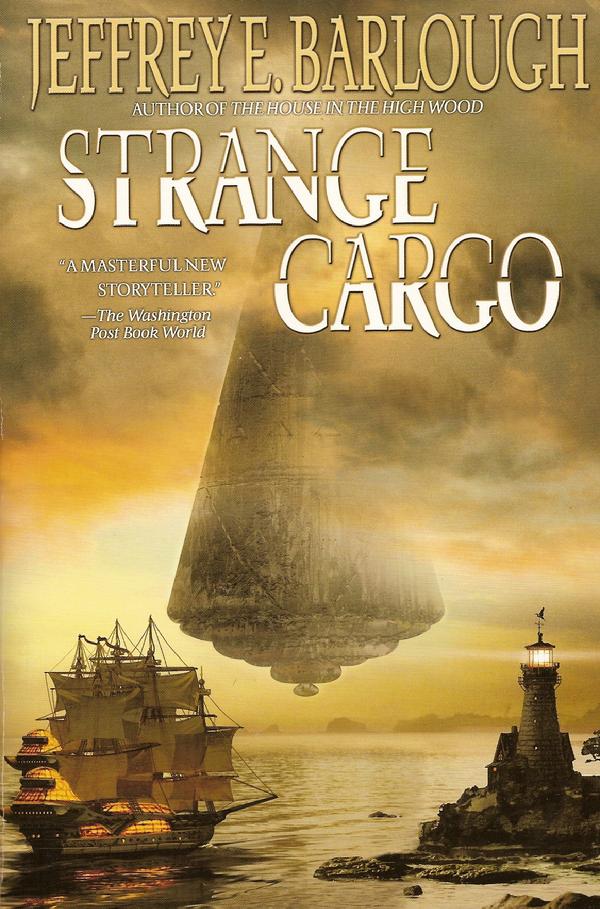While reading some articles on the craft of writing, I noticed the terms Point Of View and Perspective used interchangeably, while other times they had distinct meanings. So, which is it?
Two concepts are at play here:
1.How does the narrator tell the story?
2.Which character (if any) tells the story in a particular scene?

I’ve usually considered #2 above as point of view (POV), but I’m not sure that is right. Sources I read online indicate #1 is actually POV, called narrative point of view or viewpoint by Wikipedia. This definition of POV means essentially the choice of a first, second, or third person narrator. Within a novel, the viewpoint usually stays consistent, but in rare cases an author may switch from one to the other between different chapters.
For #2 above, Wikipedia discusses narrative voice, which may be the same idea as perspective. This deals with whether or not the narrator of a particular scene is a specific character, knowing only what that character sees, hears, feels, and thinks (person-limited). Alternatively, the narrator may know everything about every character (omnicient), or tell the story only by observing from a distance, knowing nothing of characters’ thoughts (objective). Of course, there are variations of these types of narrative voices, such as a storytelling narrator who sticks to one character’s perspective in each scene, but is not that character himself.
For example, if Joe is a person-limited narrator, then the sentence
Joe didn't see the bus bearing down on him
So, I have to ask myself if it makes sense to change my own usage of the the term POV, and whether to preach the difference at fellow writers who may not wish to be lectured. Does it really matter that much as long as the idea gets across?
